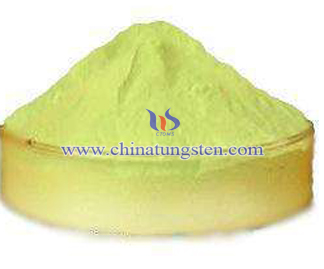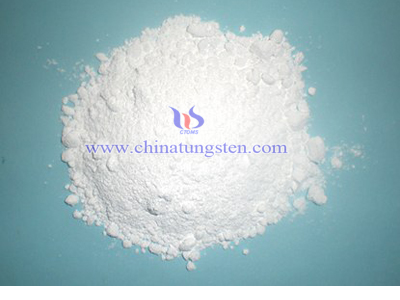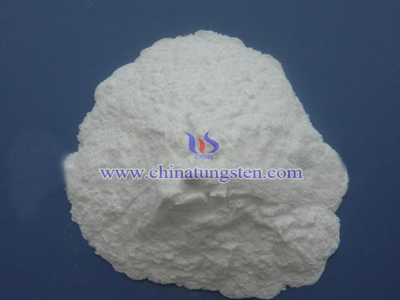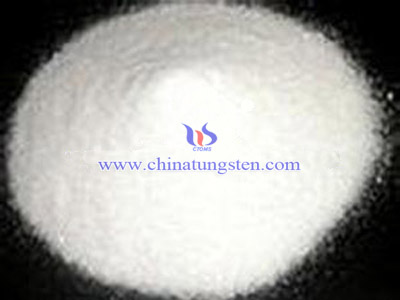WO3 photocatalyst Inorganic Synthesis
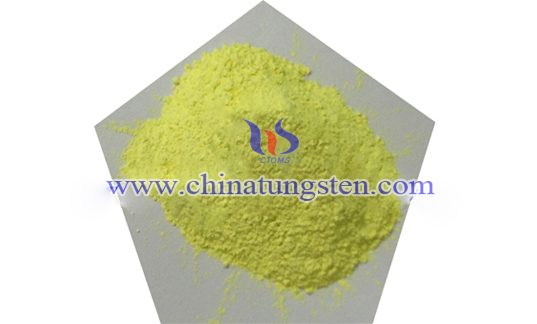
photocatalyst is most known because of its strong catalytic degradation effect, it can effectively degrade hazardous substances in the air; to kill a variety of bacteria, and even decompose and harmless treat the toxins which fungi or bacteria has released; at the same time, it has the functions of removing formaldehyde and odor, and air purification and others. However, in fact, it can be used for the synthesis of inorganic materials, such as H 2 , I 2 and NH 3 and so on.
Synthesize Iodine
Iodine, the No. 53 of the Periodic Table of Elements, belongs to the halogen elements. Elemental iodine is a purple crystal, easy to sublimate and desublimate after sublimation, with toxic and corrosive; and also it is one of the essential trace elements in the human body. In 1989, Chen Dezhi etc. used WO 3 / α-FeWO 2 OWO 3 / W to carry out photocatalytic oxidation of the iodine ions in aqueous solution to synthesize elemental I 2 , the results showed: under the optimum conditions, I 2 yield reached 22.0%.
Generate Hydrogen
Hydrogen is recognized as the cleanest energy, because of the final combustion product—water, which is completely harmless; furthermore its combustion heat is quite high, reaching 1.4 * 10 ^ 8 J / kg (2.82 * 10 ^ 5 J/mol). The most commonly used fuel coal with the combustion heat value of 29.26MJ/kg, we can see that combustion heat of hydrogen is 4700 times of that of the coal. Since the first case of titanium dioxide photocatalytic dissociation of water to produce hydrogen, photocatalytic to generate hydrogen has once boom a great fervor all over the world, and a variety of photocatalyst catalytic decomposition of water research and reports are emerge in endlessly. In 1980, researchers installed NaOH onto the surface of platinum and titanium dioxide, and found the phenomenon of hydrogen and oxygen produced at the same time after they carried out the photolysis experiments in steam.
Synthesis of Ammonia Gas
The traditional ammonia synthesis principle is: the raw material of nitrogen and hydrogen to produce ammonia at a high temperature and pressure with the existing of catalyst. The method requires that, first, a lot of capital, high temperature requires consuming a huge amount of heat, high pressure requires special equipment; secondly, explosion easy to happen under the high temperature and pressure state which is unsafe. Thus, seeking a reaction mode of energy saving, mild reaction conditions and safety becomes necessary. Studies have shown that, under the action of the photocatalyst, and the conditions irradiated with 100W mercury lamp, atmospheric pressure under the temperature of 82~86°C, nitrogen and hydrogen can synthesize NH 3 ,; however, due to the limitation of technical, the current light catalytic synthesis of NH 3 yield is still very low, and can not meet the demand of mass production. However, because of the very mild reaction conditions, it may inspire the new artificial nitrogen fixation patterns.
Application of Tungsten Trioxide Photocatalyst
Twenty-first century is said to be the era of the environment, the photocatalytic phenomenon has been found for more than 40 years, researchers at deepening basic research on tungsten trioxide found its broader applications. Tungsten trioxide photocatalyst can be used for inorganic and organic synthesis, photolysis of water into hydrogen and oxygen evolution, the photocatalytic reduction of metal ions (such as heavy metal of chromium, mercury, lead ect.), photocatalytic degradation of organic pollutants (such as formaldehyde), self-cleaning (such as used in the automotive side mirrors), anti-bacterial and antiseptic.

